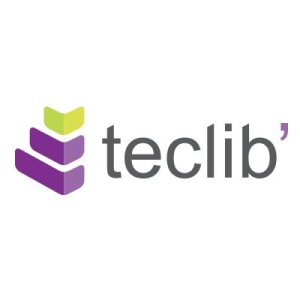I have been using the solution in my company since I was with a bank here in the Philippines. In the bank, we initially used the tool for our asset management. We encode our assets, such as servers, network devices, laptops, and desktops, in the system, wherein it is somehow a CMDB sort of configuration management database. We are initially looking for a ticketing system as well. The bank already has its own ticketing system, ServiceNow, so we did not use that functionality from GLPI initially. When I was transferred to a manufacturing company related to the electronics business in the Philippines, some European nations, and US countries. I introduced the GLPI ticketing system and used it for the company. We use the tool's open-source version, not the paid one. It can also be used for problem management, change management, and basic ticketing. As I was transferred to other companies, I worked for a software solutions provider, wherein the main function of the team that I worked for was end-user support. We just had to handle tickets coming from the end users, meaning just our co-employees or colleagues requesting support for hardware issues. We also used the system for some financial management because we needed to know the history of the assets. The tool also has a feature to include suppliers of the assets. We can also attach the contracts, like a maintenance agreement, to support the assets. We can also track the expiration of the maintenance agreements in GLPI. As we can input suppliers here, we can also add their contacts. We use GLPI and our vendor database for future purchases. Since we can include or encode assets, we also use the tool as a software inventory. In the tool, we have added Windows licenses as well as other subscriptions in order for us to track the subscription and life cycle, so we can check if it is on a monthly basis that we have to pay the subscription fees or after the expiry of the licenses. The tool also has project management functionality, but we only use this for our internal team project, not as an enterprise project management solution. The tool has a Kanban board, Gantt charts, and timelines. It can also be used to remind the project teams and send some alerts via email. It can also produce reports. If there are some special needs of the project team that we cannot provide because we are just using an open-source tool, with which we cannot have a subscription for support, we cannot customize anything. Internally, within the IT support team, we were able to use the tool to track our internal projects with the basic functionality or a basic setup process that we used for project management. Some of the default functionalities are used to manage the system. The tool also has a user database, so we can integrate it via LDAP or Active Directory to log in using the user database. Plug-ins can also be used to connect if you have Google Workspace or Office 365 accounts, and you can also integrate them, but that will come with a price and is not free. So far, how we use GLPI is actually more on the base functionality or the free versions, and we work around it. If there is a limitation, then we accept it and do it manually. So far, the tool has helped us a lot. The tool saves money because it is free. We are not paying for the license, but we are still paying for the server where it sits. GLPI is compatible with any Linux OS, and we have implemented it on AWS. In our company, we have a Linux server on the cloud, where GLPI works fine.







